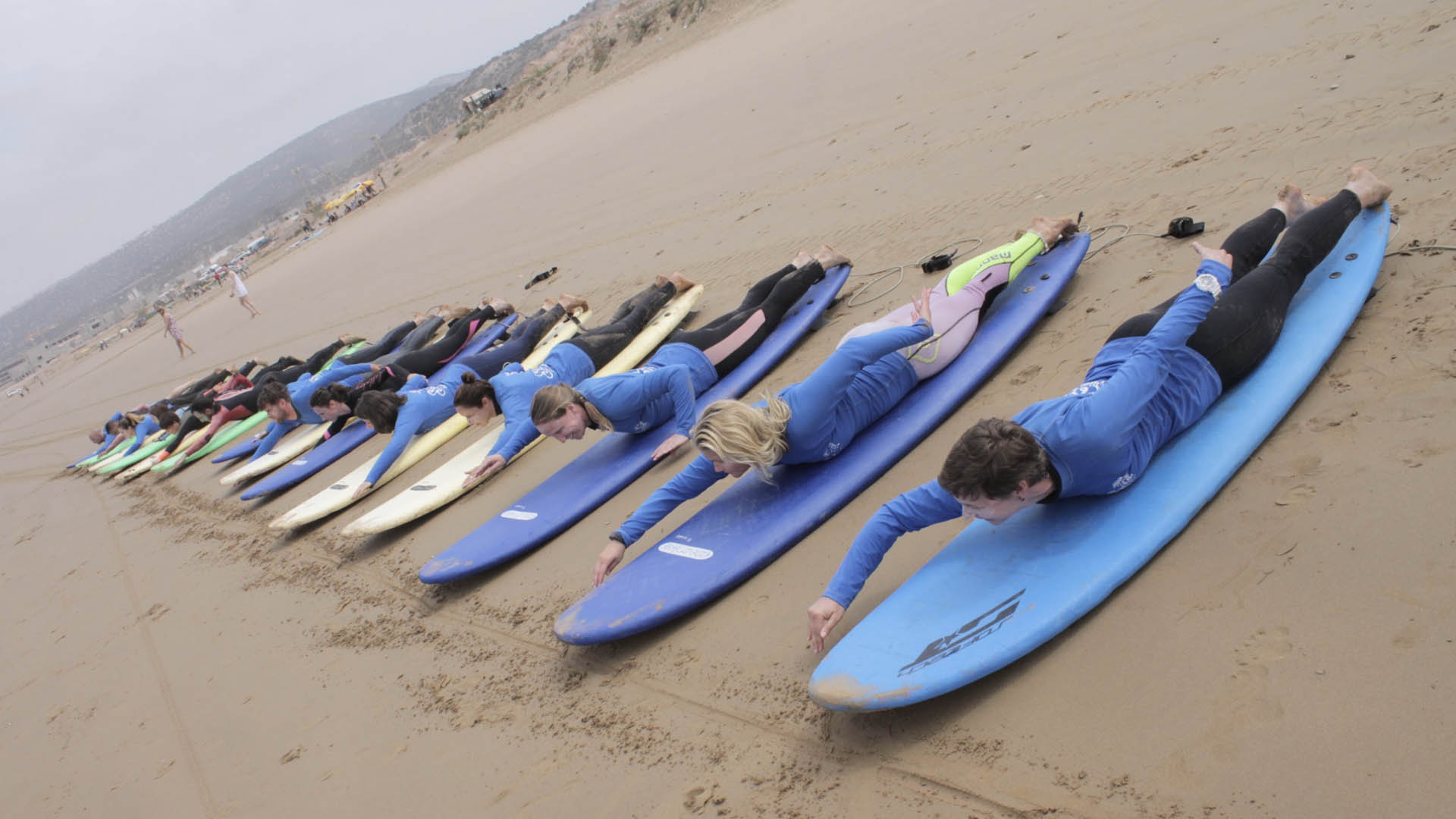
Home » 10 Common Mistakes: Paddling Incorrectly in Surfing
10 Common Mistakes: Paddling Incorrectly in Surfing
Paddling incorrectly – Paddling is the foundation of successful surfing. It’s what gets you out to the lineup and onto the waves. But paddling incorrectly is a common issue that affects many surfers, both beginners and experienced riders. In this comprehensive guide, we’ll explore the typical mistakes made when paddling, and more importantly, how to correct them. By improving your paddling technique, you can enhance your overall surfing experience, catch more waves, and conserve your energy.
Read More About : Learning to Surf? Avoid These 12 Common Beginner Surf Mistakes
Table of Contents
1. Poor Body Position
One of the most common mistakes when paddling is having a poor body position. Some surfers arch their backs excessively, which can lead to drag and less efficient paddling. The ideal position involves lying flat on the board with a slight arch in your lower back, allowing for a smoother glide through the water.
2. Incorrect Hand Placement
Hand placement is another critical aspect of effective paddling. Many surfers place their hands too far forward on the board, causing unnecessary resistance. Ensure your hands are positioned at or slightly behind your shoulders for optimal balance and power.
3. Flutter Kick
Some surfers employ a flutter kick while paddling, mimicking a swimming motion. This kick is inefficient and tiresome. Instead, use a gentle, consistent leg kick or “frog kick” to assist in paddling. The majority of your paddling power should come from your arms and upper body.
4. Paddling Wide
Paddling too wide, with your hands spaced far apart, creates an erratic and less effective stroke. It’s better to keep your hands relatively close together when paddling, allowing for a more focused and streamlined pull.
5. Over-Paddling
Over-paddling is a common mistake, especially when surfers get anxious or excited. It leads to fatigue and early burnout. Focus on efficient and measured strokes, matching your paddling intensity to the wave’s speed and your position in the lineup.
6. Neglecting Your Core
A strong core is essential for paddling power. Neglecting core exercises in your surf fitness routine can lead to ineffective paddling. Engaging your core muscles during each stroke can significantly improve your paddling technique.
7. Inefficient Breathing
Inefficient breathing during paddling can lead to fatigue. Remember to breathe deeply and rhythmically as you paddle. Exhale when pulling and inhale when recovering your arms for the next stroke.
8. No Focus on Timing
Proper timing is crucial. Paddling at the wrong time can result in missed waves or being caught in the impact zone. Learn to read the wave and paddle at the right moment to catch it successfully.
9. Lack of Practice
Paddling is a skill that improves with practice. Many surfers underestimate the importance of regular paddling drills on land. These exercises help build muscle memory, strength, and endurance, improving your overall paddling performance.
10. Stiff Neck and Shoulders
Stiff neck and shoulders during and after paddling are signs of tension. Relax these muscles by keeping your neck loose and shoulders down during the paddling motion.
Conclusion
Paddling is a fundamental aspect of surfing, and paddling incorrectly can significantly impact your experience in the water. By addressing these common mistakes and improving your paddling technique, you’ll not only conserve energy but also increase your wave count. Embrace these corrections and practice regularly to become a more efficient and confident surfer. Better paddling leads to better surfing, and that means more fun in the water.



